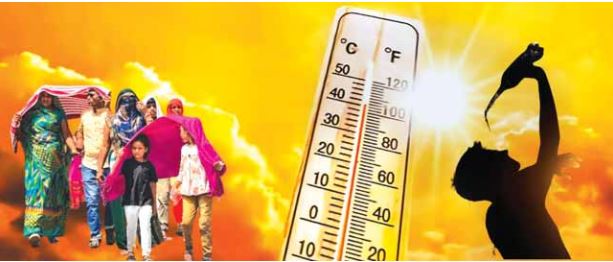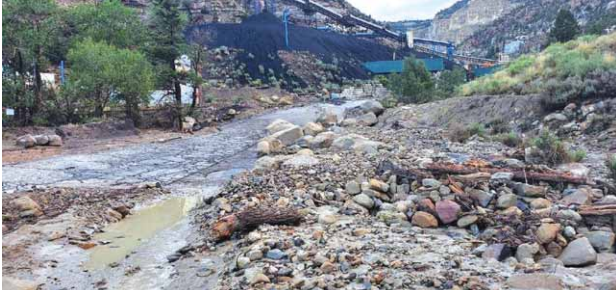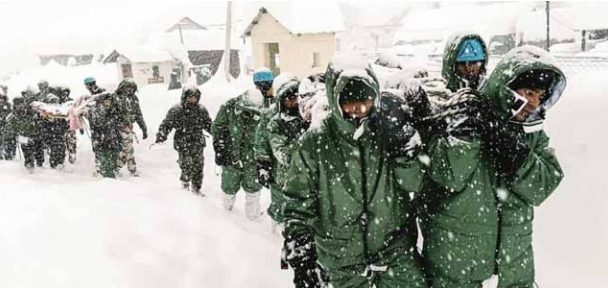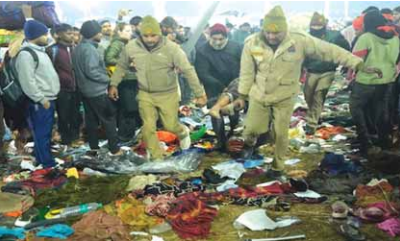Climate change represents a major global challenge of the twenty-first century, with the Intergovernmental Panel on Climate Change (IPCC) warning of increased frequency and severity of extreme temperature events. This shift in climate conditions is impacting all sectors and populations, contributing to issues such as heat fatigue and heat stroke. Proactive measures are urgently needed to mitigate these impacts and adapt to the changing climate.
Uttar Pradesh, located in the Indo-Gangetic plain, experiences a diverse range of climatic conditions. The state faces severe heat waves from March to June, particularly intense in April when daytime temperatures often exceed 40°C. As temperatures rise throughout March, there is a noticeable variation of over 15°C between the highest and lowest temperatures. By May and June, temperatures can soar above 46°C, leading to extremely hot conditions, especially in Southwest Uttar Pradesh, including the Bundelkhand region.
In response to these severe heat conditions, the Uttar Pradesh State Disaster Management Authority (UP SDMA) has developed the Uttar Pradesh State Heat Action Plan 2024. The preparation for this plan began in August 2023, with implementation starting in February 2024. The plan aims to address the health risks posed by extreme temperatures, enhance public and stakeholder awareness, promote protective behaviours, and reduce heat-related morbidity and mortality through early warning and communication systems.
The Heat Action Plan is a crucial policy document outlining processes, responsibilities, early warning systems, and response mechanisms for managing heatwaves. It provides a framework for various departments and organizations to coordinate their efforts in protecting communities from the adverse effects of excessive heat.
Purpose and Strategies of the Heat Action Plan
The primary goal of the Heat Action Plan is to create a comprehensive framework for managing extreme heat events. This includes developing heat health communication strategies targeted at vulnerable populations most at risk of heat-related illnesses. The plan also emphasizes the establishment of an inter-departmental coordination framework to ensure effective collaboration among different agencies. This multidimensional approach aims to enhance the overall resilience of communities to extreme heat.
- Capacity Building and Training
Capacity building is a key component of the Heat Action Plan. On February 20, 2024, UP SDMA organized an interdepartmental workshop involving state departments, UNICEF, and the India Meteorological Department (IMD) to discuss heatwave preparedness. A subsequent training program on March 1, 2024, targeted district-level officials from the revenue, health, and labor departments, focusing on effective heatwave management at the district level. - Information, Education, and Communication (IEC)
UP SDMA employs a multifaceted approach to public awareness through print, electronic, and social media channels. Various IEC materials, including pamphlets, posters, advertisements, and short videos, have been developed to educate the public about heatwave precautions and treatments for heat-related illnesses. Approximately 12.4 lakh self-sticking posters have been distributed across Uttar Pradesh, and a short-animated video on heatwaves has been disseminated through social media to boost community awareness. - Awareness Programs and Community Engagement
Several initiatives have been undertaken to increase heatwave management awareness. These include the Community-Based Disaster Management Training Programme, Chief Minister School Safety Programme, and a one-day disaster risk management training for school teachers and local officials. These programs aim to empower participants as master trainers, enhancing community resilience and disaster risk management throughout Uttar Pradesh. - Collaboration with NGOs and Civil Society
UP SDMA is working with non-governmental and civil society organizations to improve infrastructure and response capabilities. A coordination meeting in April 2024, chaired by the Vice Chairperson of UP SDMA, invited feedback and suggestions from national and state NGOs, fostering a collaborative environment for disaster management.
With all these efforts the Uttar Pradesh State Disaster Management Authority has established a robust system for managing heatwave challenges. This approach ensures transparent, accountable, and efficient implementation of heatwave management strategies across districts. Through effective coordination and proactive measures, UP SDMA aims to safeguard the well-being of communities in Uttar Pradesh against the adverse effects of extreme heat.
Source:
UP SDMA






